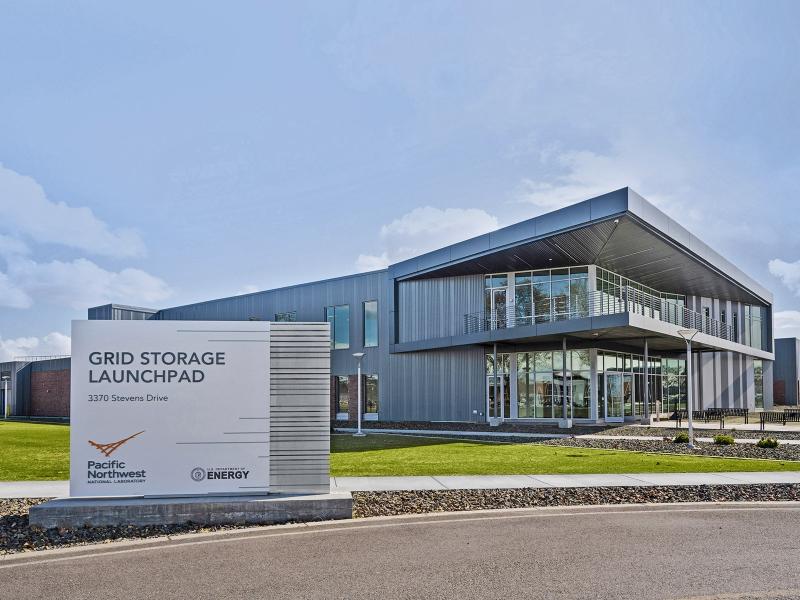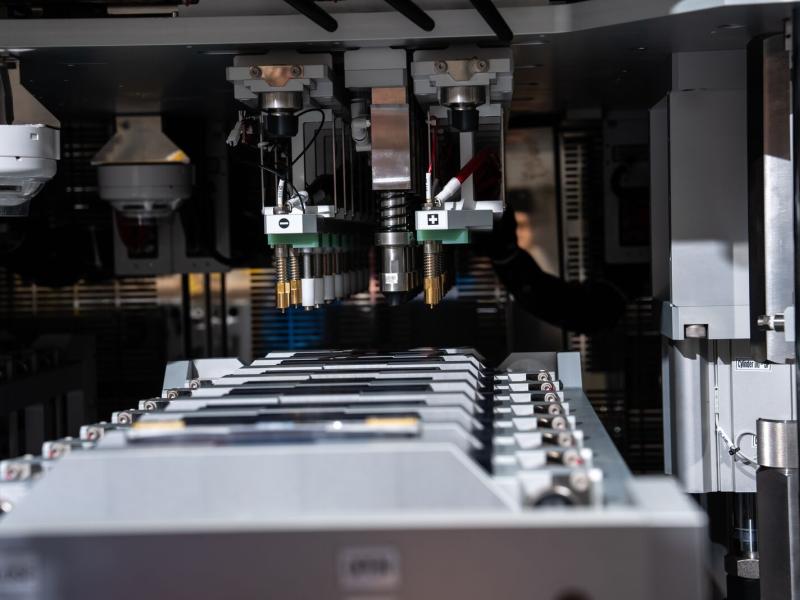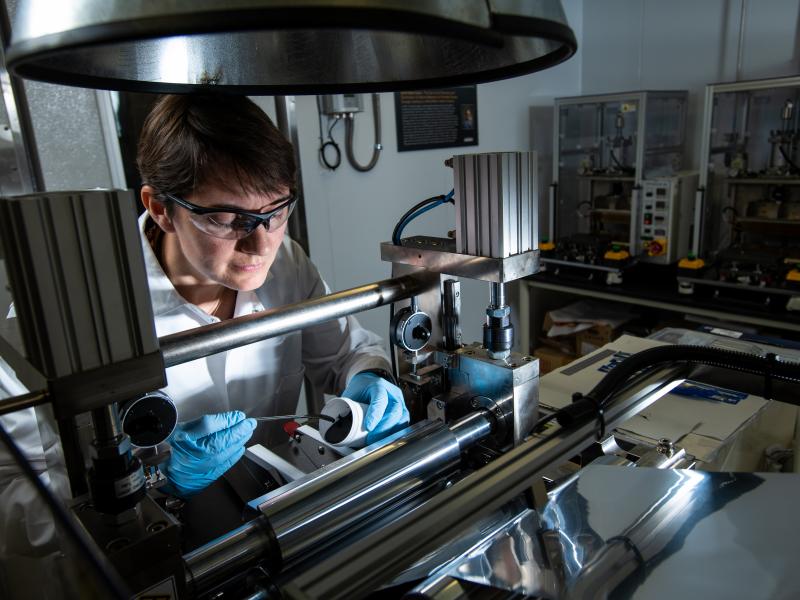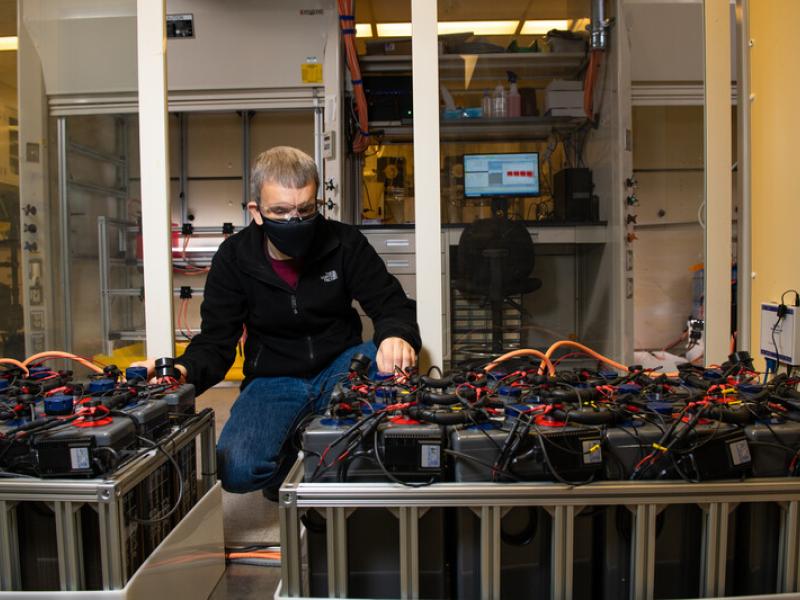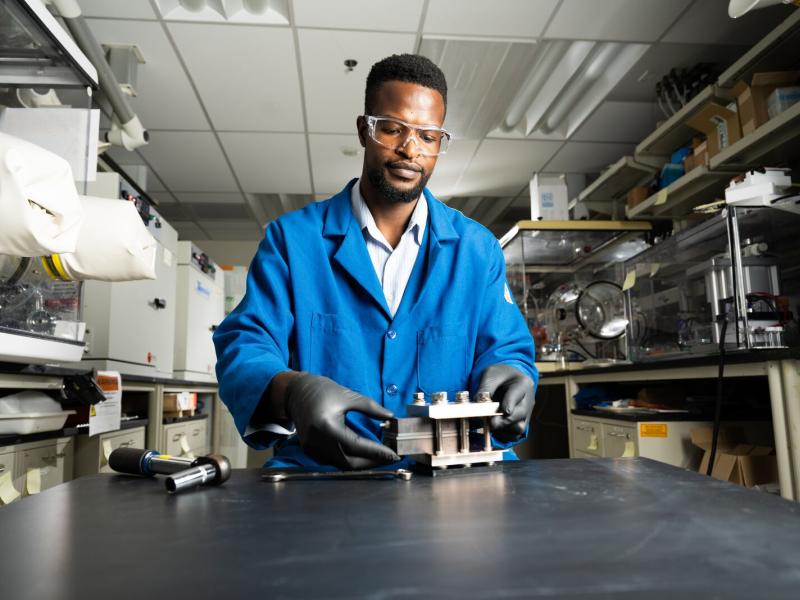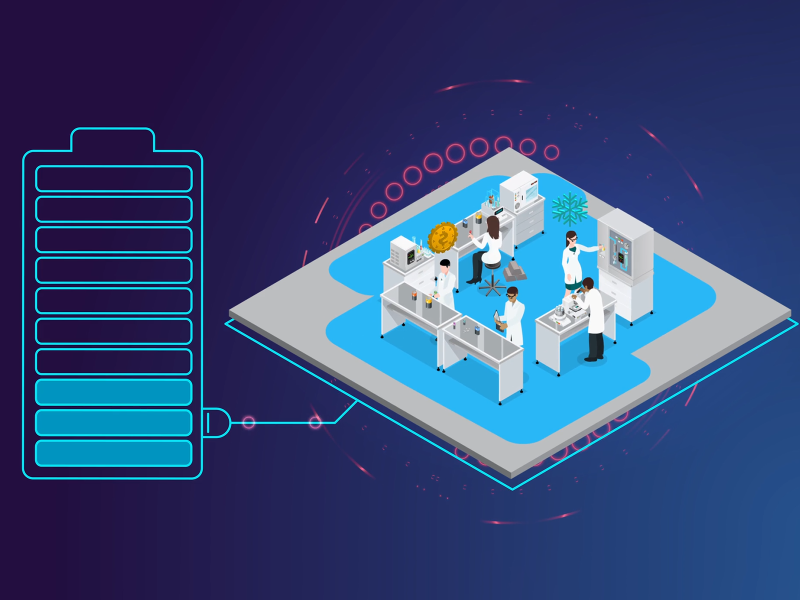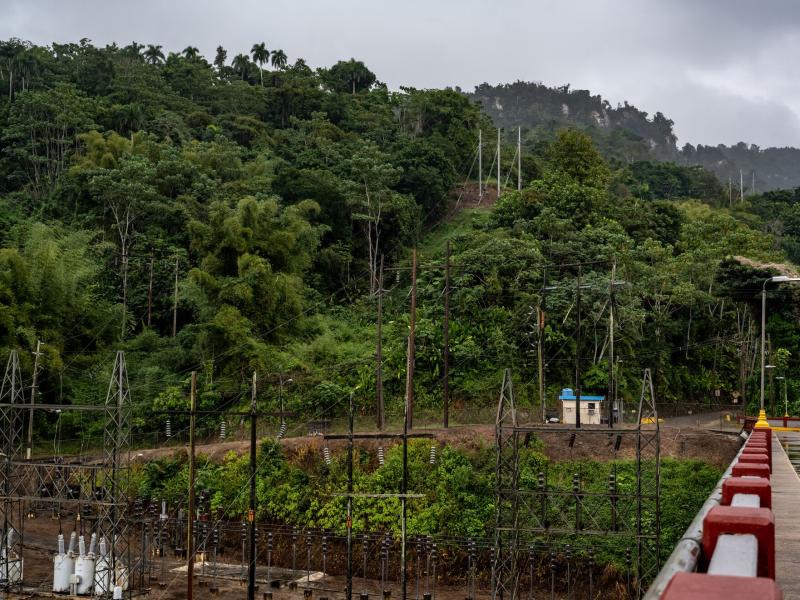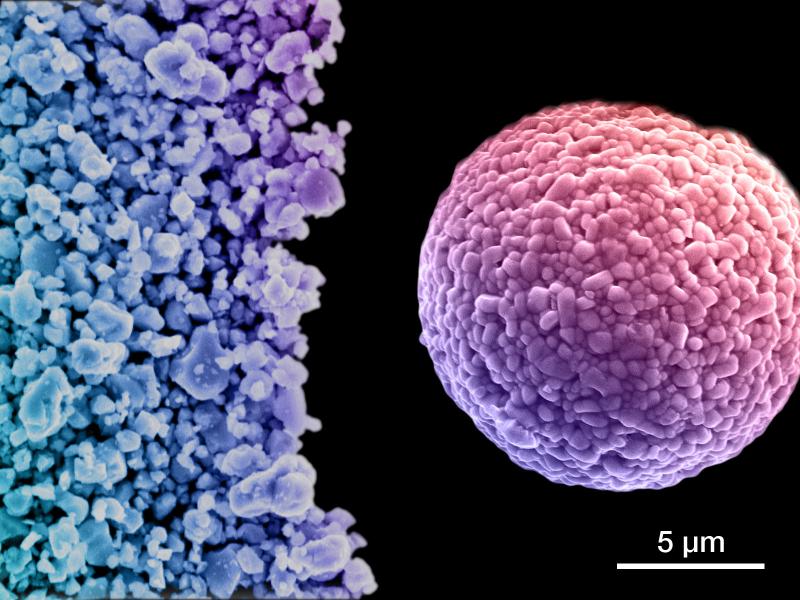Grid Storage Launchpad
Advancing the Next Generation of Grid and
Transportation Energy Storage Technologies
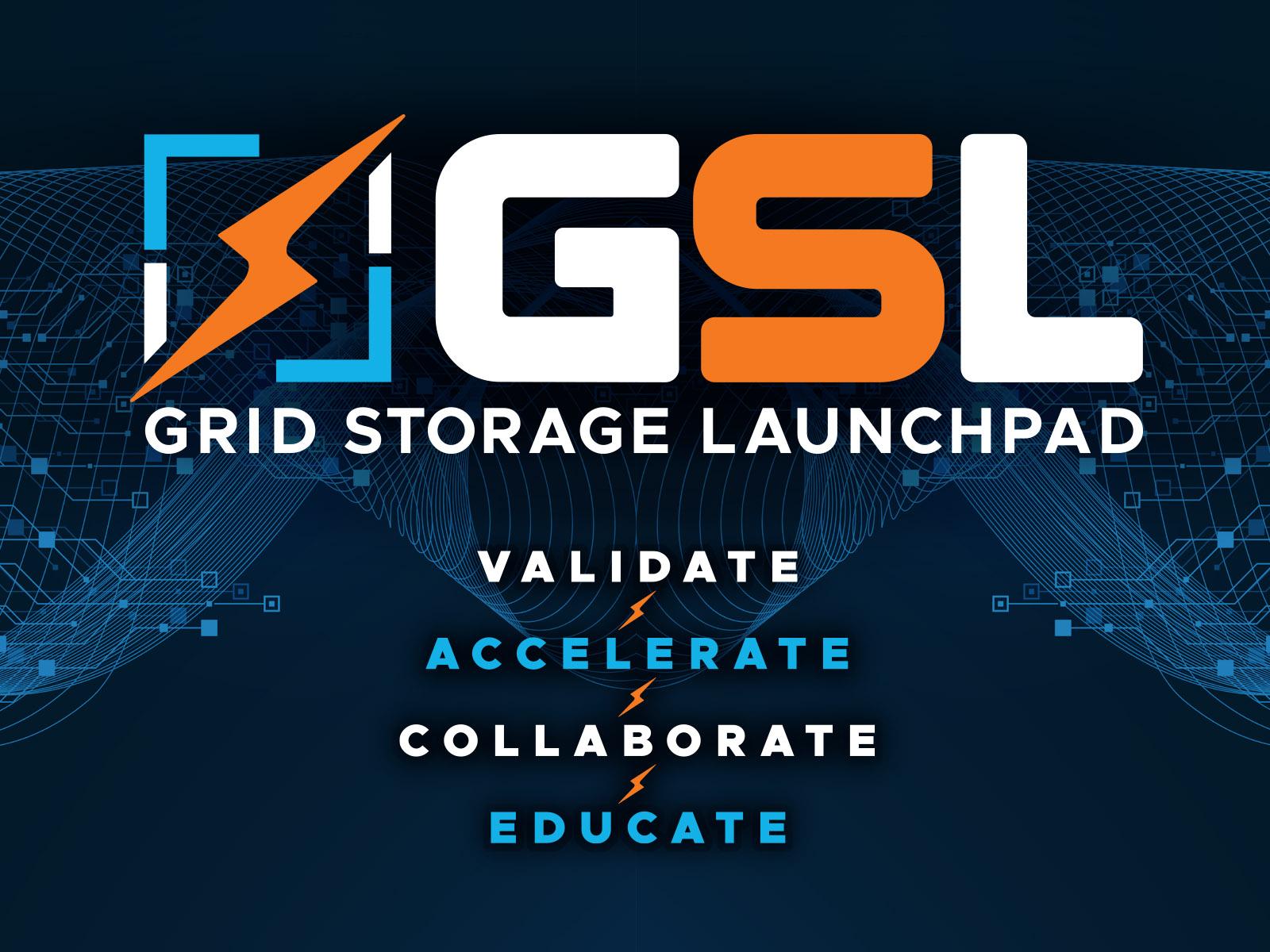
Welcome to the Grid Storage Launchpad (GSL), a new, national capability for energy storage research located on the Pacific Northwest National Laboratory (PNNL)-Richland campus in Washington. This $75 million research facility, funded by the Department of Energy (DOE) Office of Electricity, is focused on creating batteries and energy storage technologies that are critical to support a reliable, affordable, secure, and resilient electrical grid.
The GSL brings all phases of the battery development and deployment cycle under one roof, ranging from fundamental materials and device prototyping to 100 kW-scale testing and validation. This fully integrated facility encourages collaboration among researchers across disciplines, all driven by a singular mission to make our nation's power grid safer and more secure. Collaboration enabled by GSL also supports industry partners who wish to demonstrate and deploy energy storage technologies and educate grid energy storage professionals. Fast prototyping and comprehensive testing of the entire energy storage development cycle are features not found anywhere else within the national laboratory system.
View specialized laboratories and amenities
One of the exciting benefits of the GSL for researchers at PNNL and their collaborators is the access to the powerful analytical capabilities of the Electricity Infrastructure Operations Center (EIOC), located within walking distance of the GSL on the PNNL-Richland campus. This control room environment at PNNL is designed for power grid operations, offering researchers firsthand insights into how well grid-scale energy storage batteries perform under realistic operating conditions. The EIOC and the GSL work hand in hand, with the EIOC simulating various grid scenarios and the GSL testing and refining battery performance. This collaborative approach allows for top-down modeling and specific application testing, making it possible to validate energy storage technologies and assess their impact on the grid effectively.
The GSL’s Mission
The GSL is a critical step toward enabling U.S. dominance in the global energy market and unlocking economic and societal benefits for all U.S. citizens.
Research conducted in the GSL fills key gaps in grid energy storage development guided by four key missions:- Validate – Conduct independent testing of energy storage materials and systems under realistic grid operating conditions.
- Accelerate – Accelerate deployment of new technologies by propagating rigorous grid performance requirements and safety standards in all stages of development.
- Collaborate – Connect DOE and storage research and development communities in a new collaboration center to solve key cross-cutting challenges.
- Educate – Train, educate, and develop the workforce of the future, from skilled labor to first responders and safety officials to utility planners and regulators.
Why is the GSL at PNNL?
PNNL is home to leading experts in chemistry, physics, and materials science who are improving the fundamental properties of battery materials, while engineers, power grid experts, and economists work to validate and accelerate new technologies in collaboration with our extensive network of industry partners. This concentrated scientific expertise enables PNNL to attract top talent, strategic investments, and industry support in service of the nation’s most pressing grid modernization challenges.
This new national capability was made possible with funding from the Department of Energy (DOE), Office of Electricity (OE), in collaboration with the Office of Science, and with support from the State of Washington, Battelle, and PNNL. The GSL fosters collaboration between national labs and other stakeholders to support DOE’s mission.
Stay connected with the GSL
Subscribe to the Energy Storage @ PNNL Newsletter to stay up to date on the latest energy storage research news and events from PNNL.
